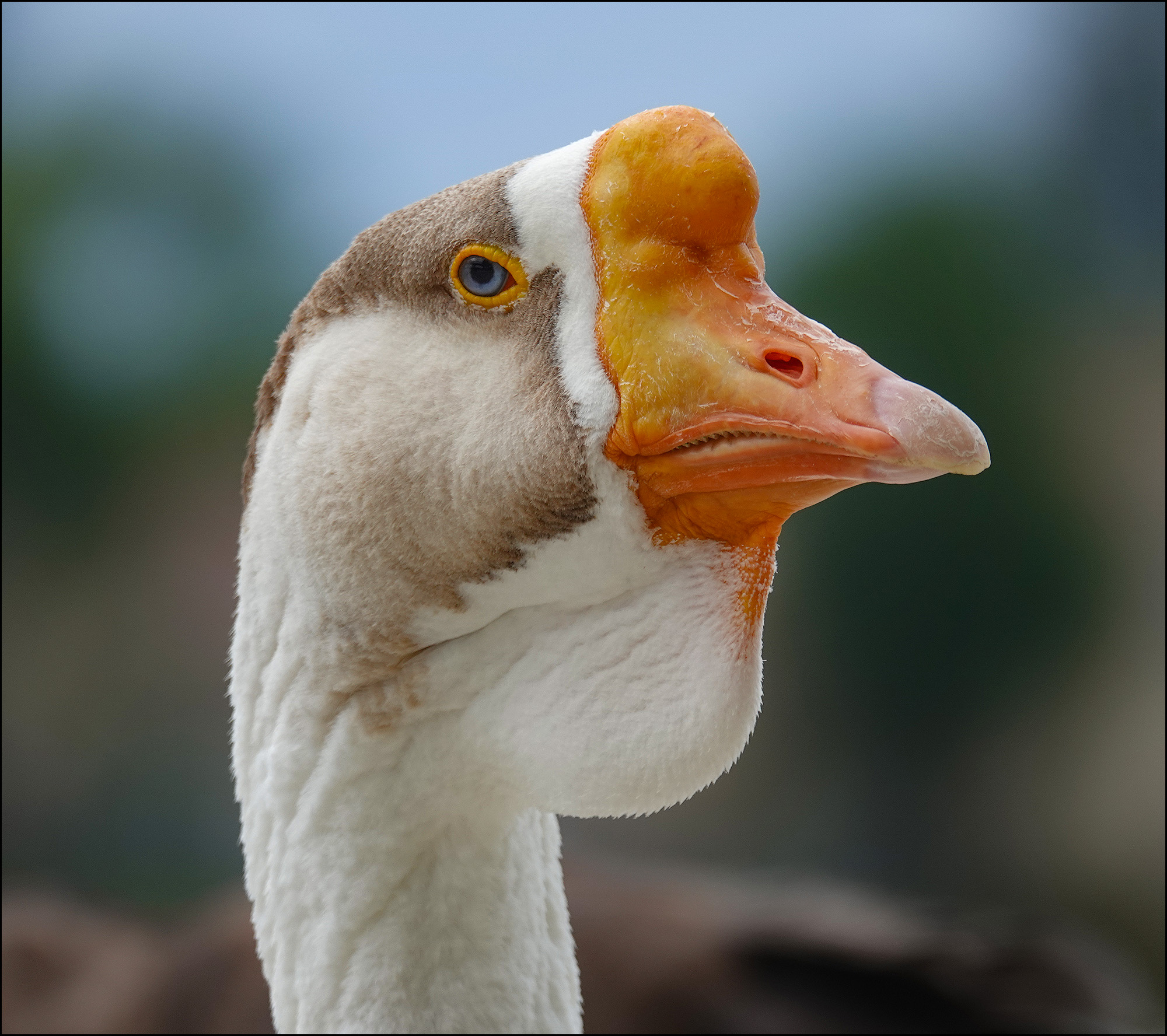I promise I'm not stalking Matt Yglesis these days, but he just happens to have written on some interesting topics lately. On Tuesday he ran an interview with Jennifer Doleac, an expert in how to reduce crime. The fascinating thing about this is that from 100,000 feet it seems like an intractable problem. Nothing works. But it turns out that lots of things work, and they're all things we're familiar with. We just have to do them. Unfortunately, as you've guessed, there are lots of people who don't want to bother. They figure it's cheaper and easier to just toss lots of criminals into prison and give them ever longer sentences. After all, if you're cooped up in a cell at San Quentin, you're not on the street robbing little old ladies.
I'll get back to all that in a bit. First, though, some context. As we all know, crime in the US has fallen precipitously since 1991. It is now about half the number it was in the peak year of 1991:
 But the number of police officers has increased. So if crime is down but cops are up, that means each cop has a lot less crime to worry about:
But the number of police officers has increased. So if crime is down but cops are up, that means each cop has a lot less crime to worry about:
 The number of cops per crime has nearly tripled over the past 40 years and the number of crimes has about halved. What's more, the decline of lead poisoned teenagers has produced kids who are fundamentally less vicious than they used to be. As a result, policing is safer today than it's ever been before:
The number of cops per crime has nearly tripled over the past 40 years and the number of crimes has about halved. What's more, the decline of lead poisoned teenagers has produced kids who are fundamentally less vicious than they used to be. As a result, policing is safer today than it's ever been before:
 This is background, partly to show that many of the suggestions to follow are quite feasible. My list of things we can do is paraphrased from Matt's interview with Doleac, and I was surprised to see that I was familiar with all of them but one (#6). Let's go through them.
This is background, partly to show that many of the suggestions to follow are quite feasible. My list of things we can do is paraphrased from Matt's interview with Doleac, and I was surprised to see that I was familiar with all of them but one (#6). Let's go through them.
- Lead has reduced crime a lot over the past 30 years—and we could reduce crime even more by getting rid of more lead. This costs money, but we know how to do it.
Investing in removing lead from such sources as topsoil, paint in older homes, and drinking water...would likely yield large reductions in violent crime in the future. There would be other benefits too, such as increases in cognitive function and academic achievement, reductions in mortality, and increases in fertility.
.
Lead remediation is costly. But violent crime is costly, too. Stephen Billings and Kevin Schnepel consider the effects of lead remediation on house prices. They estimate that each $1 spent on lead remediation generates $2.60 in benefits. [But there are other benefits] such as a reduction in the social costs to potential crime victims and a reduction in the level of law enforcement that would be required if criminal behavior falls. For this reason, the benefits of lead remediation are likely much larger than what Billings and Schnepel estimate. - As you saw in the second chart, we have lots more sworn police officers per criminal incident than in the past. All by itself this should make policing more efficient. Throw in technology like Compstat and it makes added policing even more efficient.
One of the classic ways to increase the probability of getting caught is to put more police on the streets. There are these experiments with hotspot policing where you put out a cop on this street corner, but not on another street corner. It turns out crime goes down on the street corner where the cop is standing.
- Whatever you think of it, we have a lot more camera surveillance in public places than we used to. Especially when paired up with facial recognition, this is a powerful investigative tool that wasn't available even 10 years ago.
Putting CCTV cameras in subways for instance is effective, putting cameras everywhere. It's like the London, UK model of lots of cameras everywhere
- It is now routine to take DNA samples not just from convicts, but from anyone who's been merely arrested. This has built up a tremendous collection of DNA samples that can be compared to suspects in both violent and property crimes.
[In Denmark's DNA program] we see recidivism fall by about 40%. So it's just a huge reduction in the likelihood that you commit another crime in the future.... Surveillance tech, putting cameras everywhere, is pretty invasive and so we might worry about that more. But if it's effective. We might be willing to make that adjustment, right?
- It's common to go easy on probation violators because the penalties for violations are relatively severe and don't seem justified. A better solution is to mandate short but sure punishments (perhaps a day or weekend in jail) for things like alcohol or drug use. The "sure" part makes it clear to probationers that they will be punished. The "short" part ensures that they won't lose their jobs or otherwise have their lives ruined because of a minor violation.
There are a bunch of innovations in the supervision space. Especially for people who have criminal behavior that is a function of their drug or alcohol use. You can kind of ramp up the testing for that and have more certainty of consequences, so you do need to do these drug tests daily or every other day or wear a blood alcohol content monitor or something, and then if you are drinking when you shouldn't be you immediately go to jail for a night and that works. You see a dramatic reduction in drug and alcohol use and a reduction in criminal behavior because people know that there will be consequences for breaking those rules.
- It turns out that large employers are generally willing to hire non-violent ex-cons. But what they want is a large insurance policy—say, $1 million or so—to protect them from liability if an ex-con injures a customer or fellow employee on the job.
[A research group] partnered with some researchers to run an experiment to see what would convince the employers to be open to hiring people with criminal records....And so they tried a whole bunch of different stuff like maybe wage subsidies right? So the employment platform will pay half the wage....The treatment that seemed most effective — all of these things were effective to some degree — but the most effective one was providing insurance up to a maximum of $1 million. So covering the liability risk.
.
And that's way higher than current programs that exist in the government that will cover $5,000. That covers you for things like property theft. It turns out employers don't care about property theft. That's not what they're worried about, they're worried about the assault on the customer or fellow employee and so the million-dollar coverage takes care of that and so that had a huge effect.
- In the US we hand down massively long sentences compared to most other countries. We could cut sentences in half across the board and benefit practically everyone. First are the criminals, who would spend less time in prison. Second is the public budget for incarceration, which could be cut nearly in half. Third, a shorter sentence makes it less likely that a convict will spend enough time locked up to learn the ropes and become a career criminal.
If they're thinking about what the expected cost of committing a crime is — including that punishment — then making the punishment worse and worse, longer and longer prison sentences, should deter people from committing a crime. And so we now have a lot of evidence that’s like, that doesn't work very well.
.
Other countries now routinely use electronic monitoring for instance instead of short prison sentences and they get big returns from that. Do we see recidivism drop dramatically in those countries?...And it turns out yeah, so it becomes an empirical question but the empirical answer in the countries that do it says it’s a total win. And so we should do it more in the U.S. - Cognitive Behavioral Therapy may sound like a little too much woo, but it works well if it's conducted by a good therapist. And that's the rub: there just aren't enough good CBT therapists to scale this up. I wonder if this is something that AI might help with. Not now, but maybe in a couple of years.
There have been nice randomized trials in schools with higher-risk students and with kids who are actually in juvenile detention facilities and enrolling them in this CBT program reduced recidivism, reduced future arrests, reduced violent arrests, and increased school engagement all of these good things. And then the question becomes can we scale this? And I think efforts to scale it have not worked as well partly because you have to dig deeper into your applicant pool of potential leaders of these therapy programs. So the leaders of those programs aren't as good as the ones you had before.
So that's it. Some of these are aimed at preventing initial crimes while others are aimed at keeping probationers from breaking the law again after they're let out. As the list makes clear, these are all straightforward and technically feasible and we have pilot studies and multi-country comparisons for all of them. The problem is that some are expensive (#1, #5); some have big constituencies that oppose them (#7); some are complicated and a pain in the ass to set up (#5); some produce moral objections (#3); some are relatively unknown (#6); and others have problems scaling up (#8).
So it's no picnic. But it's far from impossible either. It would require us to get serious about solving the crime problem, but it wouldn't require any kind of technological or criminological breakthrough. When can we get started?









